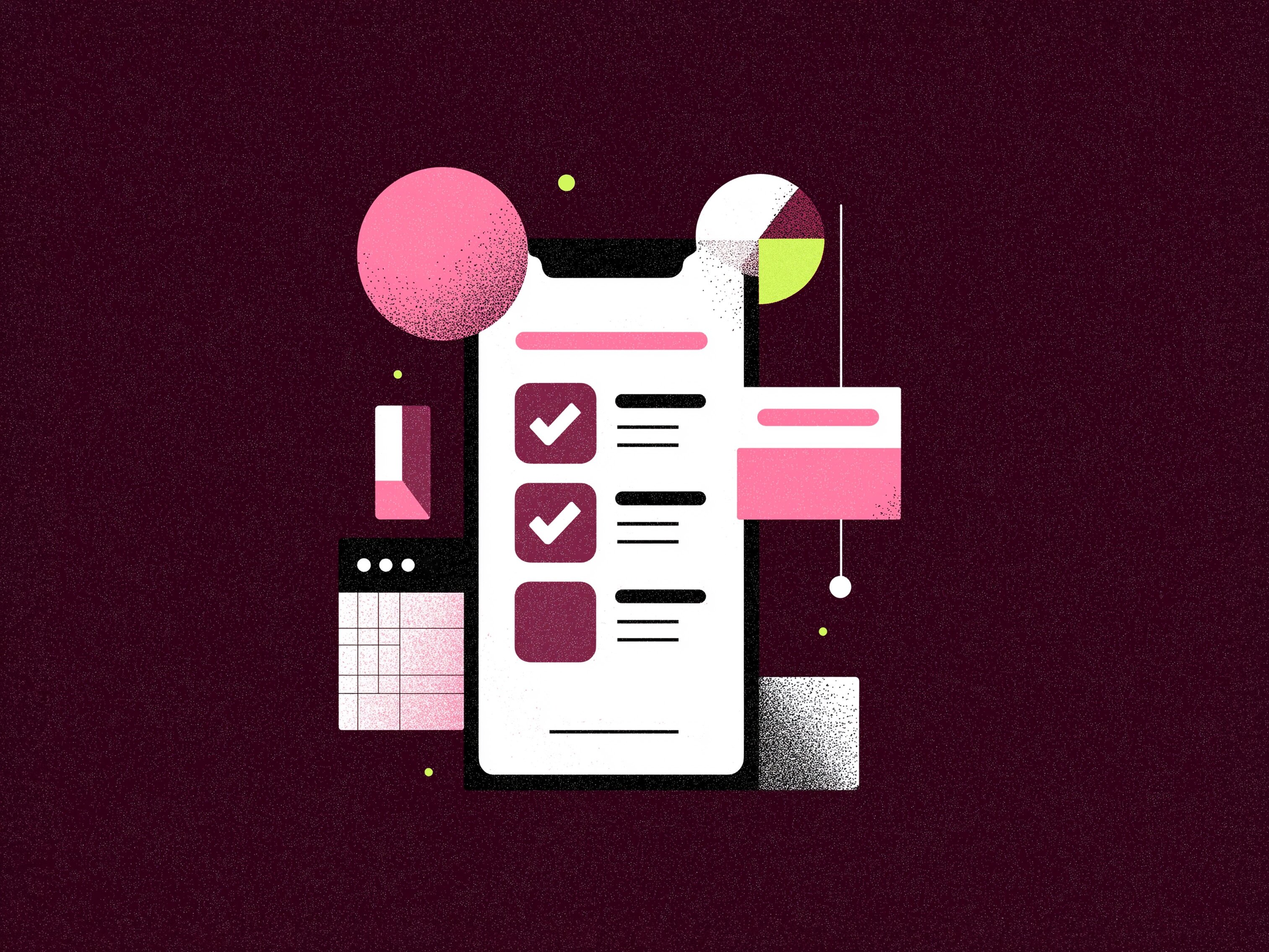When should you pay estimated taxes?
How much should you save in order to pay your estimated taxes?
What should you do if you can’t afford your tax bill?
It’s okay if you don’t know the answer to all those questions. In this article, we’ll help you get to the bottom of these common queries about estimated tax payments.
How do I know if I owe money to the IRS?
Freelancers who expect to owe $1,000 or more in taxes must pay quarterly estimated tax payments. If you didn’t pay enough tax throughout the year by making estimated tax payments, you may have to pay a penalty for underpayment of estimated tax. Save yourself the stress, and start putting money away now. (Hint: Wingspan's bookkeeping feature gives you a real-time estimated tax tally, so you'll know at a glance how much you owe every quarter. Easy!)
What are estimated taxes?
Full-time employees have taxes withheld from their paychecks. The amount taken out of your paycheck is called “withholding,” and it goes to federal services like Social Security and Medicare. As a freelancer, you still owe the government that money, in addition to a flat 15% self-employment tax on your profits.
Do I also have to pay quarterly taxes to my state?
Besides the federal payment to the IRS, you may also need to make quarterly payments to your state. That amount varies greatly depending on where you live. Texas, Florida, Washington, Wyoming, Nevada, Alaska, and South Dakota don’t have state income tax. The same is true of New Hampshire and Tennessee, although those states do require quarterly payments on tax dividends and interest. New York and California both have huge numbers of freelancers and high personal income taxes. California has a 13.3% rate, making it one of the highest income tax rates in the country. Make sure to check the rules in your state, either on their website or with a local CPA.
When do I pay?
Quarterly taxes are due in the middle of the month during April, June, September, and January. The exact dates change every year, so be sure to check the IRS website. You don’t have to make the last quarterly payment in January, as long as you’re okay with making that final quarterly payment when you file in April.
How much should I save for quarterly taxes?
The government has different tax rates depending on your income, as well as your filing status (single, married filing jointly, married filing separately, or head of household). You only pay taxes on your adjusted gross income, which is your taxable income after you subtract your deductions, such as business expenses and student loan interest. In other words, your adjusted gross income reflects only your profit, as opposed to your gross earnings.
If you’re reasonably confident that your adjusted gross income will be the same this year as it was last year, then you can figure out your quarterly payments based on your total tax liability for the previous year. Divide by four and then make those nice, neat, even payments every quarter. Of course, it isn’t always that simple. Financial fluctuations are a fact of life for freelancers.
Taxpayers who aren’t sure how much money they will make each quarter can use the annualized income installment method, which comes with a worksheet and some fairly dense instructions. Sound overwhelming? Now is a good time to remind you that a CPA experienced in freelance tax situations is worth every penny.
How do I make payments?
The IRS does make it fairly easy to pay online, although there is a convenience fee if you pay with a credit card. You can also look on the IRS website to see where to address mailed checks, but make sure to track that mail so you can be sure it was delivered.
What happens if I don’t pay?
If you don’t pay your quarterly taxes, when April 15 rolls around, you’ll owe all of the taxes you didn’t pay throughout the year, in addition to penalties. There are, however, a few areas of leniency: The IRS generally doesn’t fine taxpayers who owe less than $1,000, and they might show mercy if you explain a circumstance that prevented you from being able to pay. If you did suffer from one such disaster, be ready to provide proof to the IRS.
What if I can’t afford what I owe?
If you can’t afford your estimated quarterly tax payment, don’t panic. The IRS has systems in place to make sure you can pay your taxes without breaking the bank. You can set up a plan that allows you to pay off your taxes in installments, or, if you have extenuating circumstances, you might be able to settle with the IRS for less than you owe.
*This information is not intended to provide, and should not be relied on for, tax or legal advice. Wingspan is not a bank. Banking services are provided by Lead Bank, Member FDIC. Deposits are FDIC-insured through Lead Bank, Member FDIC. The Wingspan Visa® Debit Card is issued by Lead Bank, Member FDIC, pursuant to a license from Visa USA Inc.Your funds are FDIC insured up to $250,000 through Lead Bank.; Member FDIC.



.jpg)
